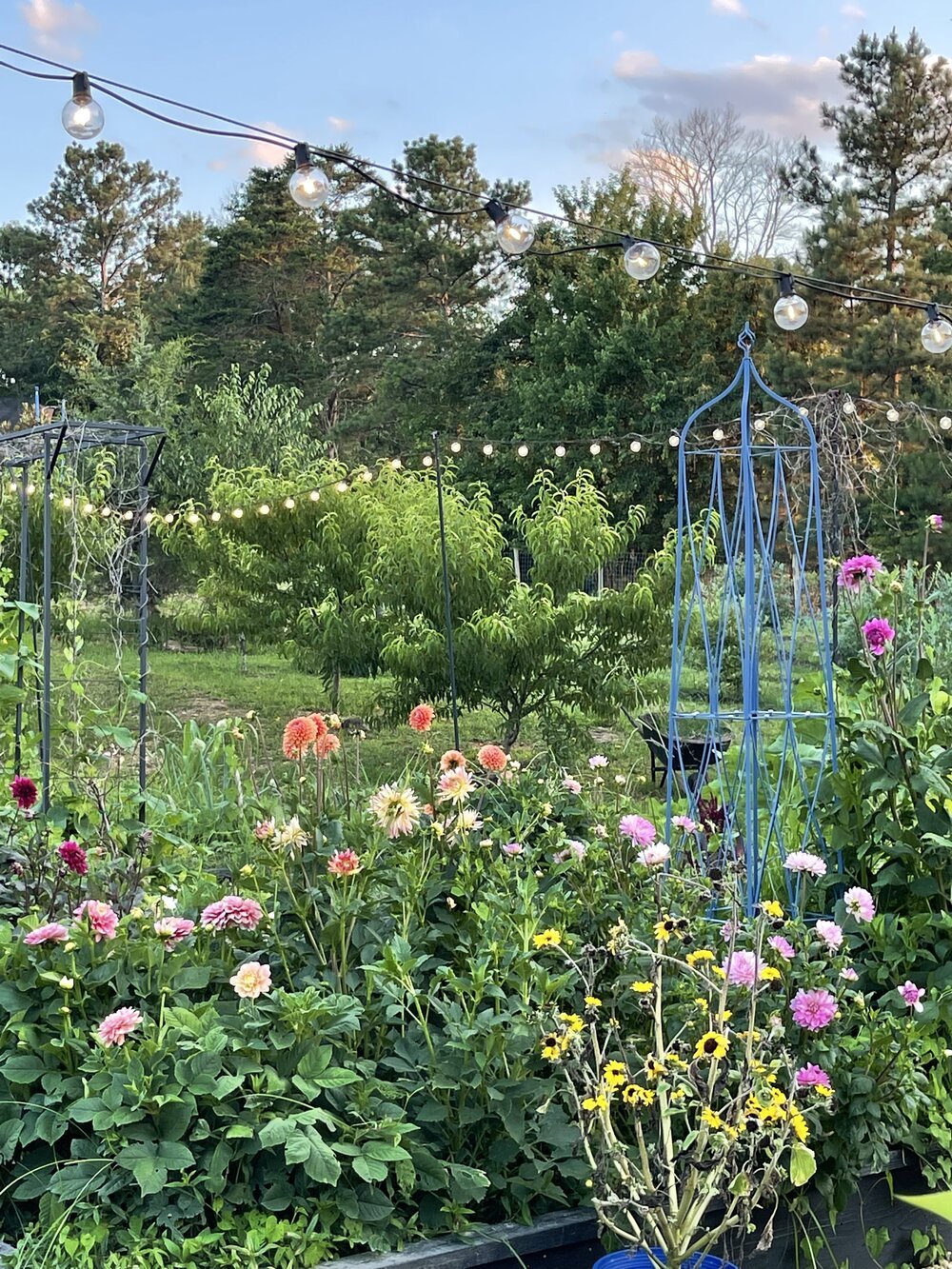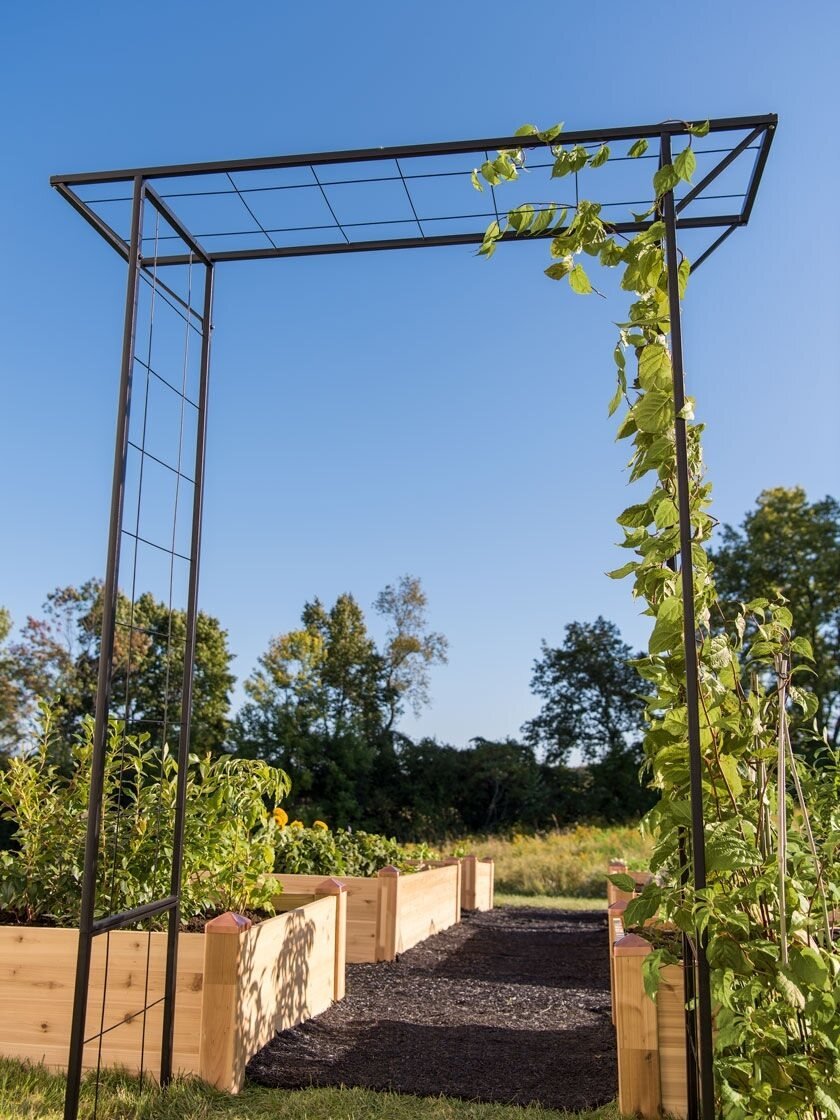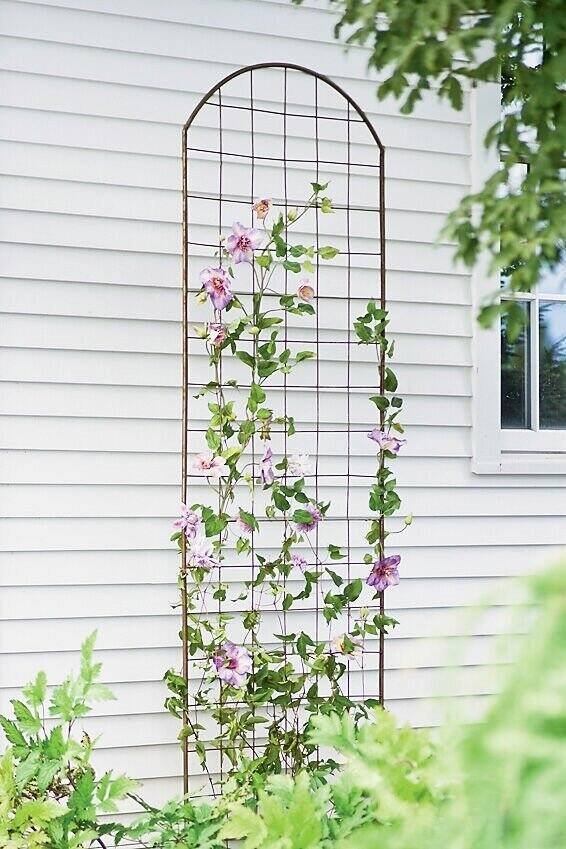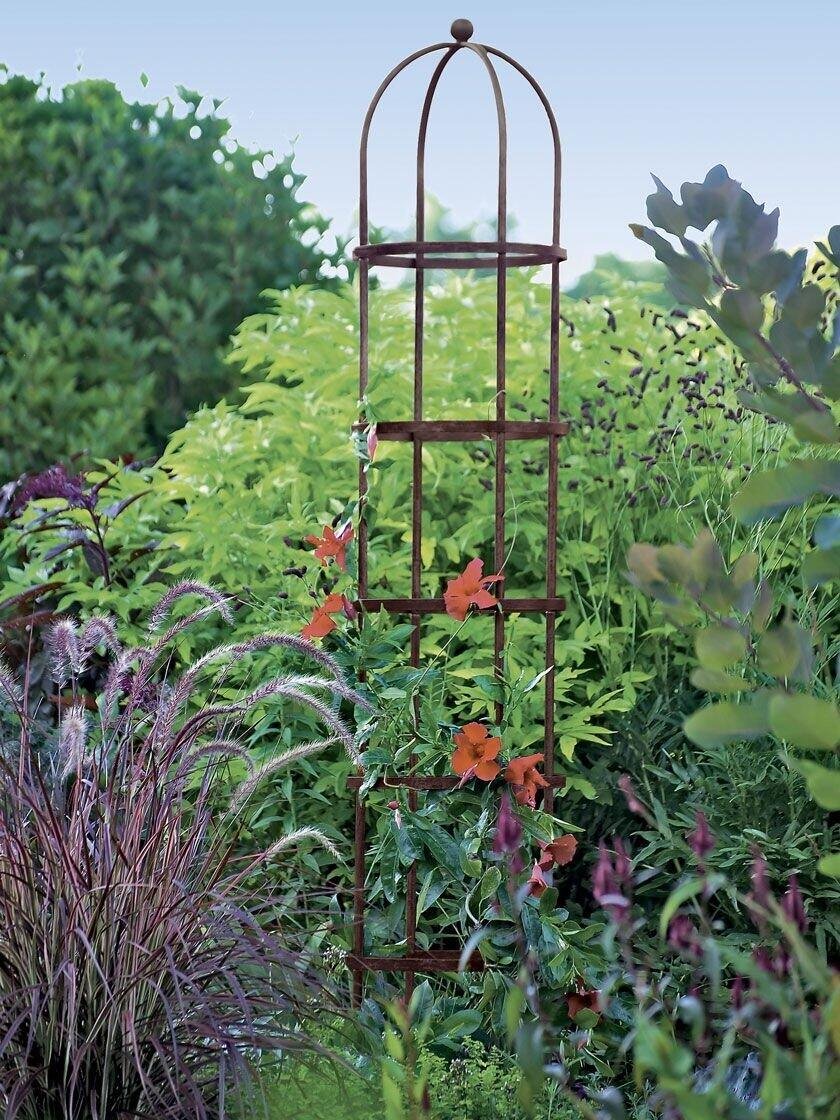Vertical Gardening Plants, Benefits, and Tips For A Gorgeous Vertical Garden
My love for gardening started years ago when we lived in the city. Although we did not have much space to garden a lot, I did try to grow some veggies in pots and wall containers. I found ways to get creative and have our own little "garden patch" among all the concrete around us.
When we moved out to the farm, we could take this love for gardening to a whole new level, and I am very grateful for that.
But I want to encourage you that the lack of space or a large garden should not keep you from growing fresh vegetables and beautiful flowers. There is so much you can do and grow by utilizing vertical space, even in small areas and urban apartments.
And still now, with ample space, we also turn to vertical gardening. Not only is it fun and adds a pretty dimension to the garden, but it offers so many benefits.
Scroll down for the benefits, which veggies work best for vertical gardening, and a few tips and ideas.
( When it comes to garden supplies and arches, etc Gardeners is my absolute favorite go to)
Benefits Of Vertical Gardening
No space? No problem!
Vertical gardening helps to maximize space. Instead of vines growing on the ground and needing a lot of room to crawl and grow, the plant will take up less space when grown on vertical structures or containers.
We all have walls or some sort of area suitable for vertical planting!
Using spaces, you would not have thought of
Vertical gardening makes us think out of the box and get creative. And this is what makes gardening so fun! It allows us to enjoy this hobby to the fullest and creates a sense of pride and achievement.
Imagine creating a beautiful living wall or a stunning arch covered in grape vines. You could "decorate" walls, fences, windows, driveways, balconies, or even rooftops.
Adds a beautiful, interesting visual element
By getting creative and utilizing non-traditional spaces for gardening, you can make your garden or area so much more exciting and appealing.
Vertical gardening creates visual interest by using different heights, containers, and colors. It can hide an unsightly wall or area and even provide privacy.
Easier to maintain
Vertical gardening can be easier to maintain. You'll have to deal less with common problems like weeds, pests, and diseases (more on this below).
And it will be much friendlier on your back and knees as you won't have to hunch or kneel so much to attend to the plant or harvest the fruit.
But, they aren't completely maintenance-free. You'll still need to water, fertilize, mulch, prune, and harvest. And some vine plants will need to be trained or tied to the support to grow vertically.
Fewer pests, fewer diseases, fewer weeds - Yeah!
Most plant diseases come from soilborne fungus and disease. So by planting vertically, the plants have minimal contact with the soil and are also less prone to rotting when sitting in wet soil.
Vertical plants and their fruit will also be harder to reach for ground-dwelling pests like rodents, rabbits, moles, and feathered friends that love themselves some veggies.
When you plant your plants in containers or small areas to grow up, you'll deal less with weeds as they don't have that much space to quickly take over the whole garden bed.
More sun + better airflow = healthier plants
When you have a lot of shady spots in your beds and garden, vertical planting can allow plants to grow up to the sun, where they can thrive. Vertical planting also enables the plant to get proper sunlight instead of on the ground, where plants and leaves cover parts of the plant and fruit.
It will also allow for better airflow between the plant, allowing the leaves and fruit to dry and prevent fungus, rot, and disease problems. Leaving you with healthier plants and good harvests.
Cleaner and better-looking crops
Plants grown vertically generally have prettier fruit as they grow straight due to gravity pulling them down. And the fruit will have fewer yellow or brown spots, which happen when they are left lying on the ground for long periods.
Also, you'll have less fruit washing to do as not as much soil, and other dirt splashes up on them.
Environmental benefits
There are some environmental benefits to planting a vertical garden:
A living wall (wall full of plants) can help cool down a wall surface by as much as 50 degrees F. This can cool down a building significantly. Meaning less air conditioning is required during summer, and more energy is conserved.
A vertical garden can reduce noise levels in a building or surroundings as it acts as a sound barrier. Plants block high-frequency sounds and absorb, refract, and reflect sound energy.
You'll be using less water as you'll be watering directly only at the plant's roots. Traditional garden beds can soak up much more water than what your plants actually need.
A vertical garden can increase biodiversity in an urban or city environment where most of nature has been stripped. It will offer a shelter, nesting place, and essential food and pollen for birds and insects.
Which Veggies Work Best for Vertical Gardening?
Not all vegetables can grow vertically as some come in bush varieties or their fruit are too heavy.
But just because a plant is not a vining type does not mean you have no options. You can still plant many plants in containers stacking them vertically, i.e., against a wall.
But, here are some of the best vining vegetables, fruit, and flowers that will work wonderfully:
Baby pumpkins - Just select a strong enough structure to handle the weight.
Berries - Berries are often grown on trellises or other supports to improve the quality of the fruit and will bear fruit for a few years.
Black-eyed Susan - The cheery blooms of this annual work well in pots and hanging baskets, and climbing a trellis.
Cucumbers - Another popular vegetable to grow vertically, whether for slicing or pickling. They will climb a tall fence or arch.
Grapes - An arch or pergola covered in grape vines always look stunning. Plant one in the correct area, and you'll have grapes for years to come.
Green beans (pole beans) - The most popular vegetable that you can grow vertically and will climb up any strong trellis. Some plants easily reach 8-10 feet high.
Melons - Melons like watermelons can be vertically grown on sturdy structures that are strong and tall enough. They will also need a sling to support the fruit. Still, it is best to choose small varieties.
Nasturtiums - This edible flower loves to climb, so they are perfect for covering fences and trellises for a beautiful display. They also attract pollinators and deter pests!
Peas - Snow peas, snap peas, and garden peas grow well vertically and don't require any fancy support system. Just a standard structure.
Squash - Squash can grow on a trellis if you train the vines and secure them as they grow bigger. Winter squash will need a sling/ hammock for the fruit to carry the weight.
Strawberries - Strawberries are not really vine plants, but they do like to drape. So they will work wonderfully in a vertical container garden against a wall or in baskets on your patio.
Tomatoes - Indeterminate, or vining tomatoes, can be trained to grow up a vertical structure. Tomatoes on a trellis need to be helped often to climb a trellis.
Wisteria - Wisteria is a cold-hardy perennial with lovely, draping flowers that resemble clusters of grapes. They look stunning as a vine flower climbing pergolas or patios.
Some Tips For Vertical Gardening
Most plants need at least 6 hours of sun to thrive and give beautiful flowers, fruit, and veggies.
Know in advance how high (long) the vines will grow to plan which structure you should use to support them. And keep in mind that you should still be able to reach the fruits.
The support structure should be strong enough for the weight of the fruit and plant. Some can become very heavy when they are mature plants.
When planting against a wall (especially when creating a living wall), make sure the wall can handle all the moisture. Or figure out how you would protect the wall.
You should still choose plants that will grow well in your gardening zone and do all the essential maintenance for them to thrive. This includes planting them in rich soil, fertilizing, watering enough at the base only, and covering the base with mulch.
You may need to train climbing plants at their early stage to grow on the support. They are fragile when small, so take care not to break the plant's stem as you train them. Also, tie the plant loosely to the support, as when it is too tight, the tie will cut into the branch as it grows.
Vertical Planting Ideas:
Garden arches
Obelisks and Trellises
Ladder trellis
Wall-mounted planters
photo credit - the spruce
Stacked pots
great for strawberries and herbs! photo credit - the owner builder network
SHOP THIS POST
PIN FOR LATER















